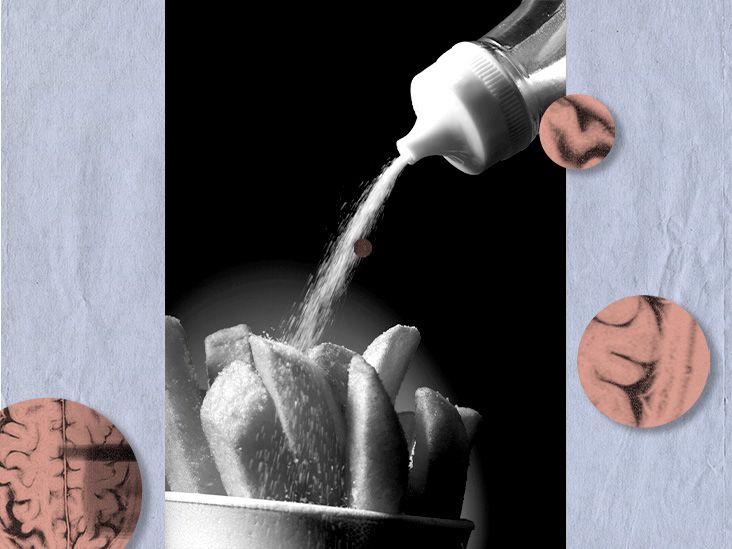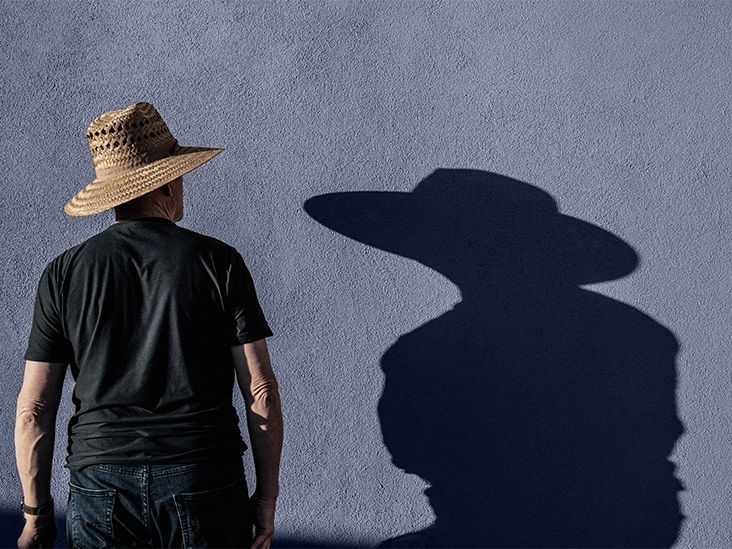Yoga is a physical and spiritual practice originating in India. It is accessible to beginners, and most people can reap the health benefits of regularly practicing yoga.
Yoga poses focus on developing a connection between the body and the breath. In addition to reducing stress levels, consistent yoga practice can improve a person’s flexibility, strength, and balance.
Researchers have conducted
Although some advanced yoga poses may look intimidating, many are suitable for beginners. Most people can start practicing yoga.
Read on to learn more about the health benefits of yoga and basic yoga exercises to practice at home.

Healthcare professionals say that yoga is a safe form of exercise, and injuries are uncommon.
The likelihood of a person injuring themselves during yoga is rare if they are practicing with a qualified instructor. A good instructor will observe a person’s form and help them make appropriate adjustments.
According to the National Center for Complementary and Integrative Health, people may want to speak with a doctor before trying yoga, especially if they:
- have pre-existing knee, hip, and spine injuries
- have high blood pressure
- have balance issues
- are 65 years or older
- are pregnant
Pregnant people may also need to modify certain yoga poses. They should speak with a doctor if they are not sure about starting or continuing their practice as their pregnancy progresses.
An easy introduction to yoga is through simple face yoga exercises.
Forward Fold and Lion’s pose (Breath pose) are poses that increase blood flow to the face. This can make a person feel more awake. There is
Forward Fold pose
- Stand up straight.
- Inhale and keep the arms close to the body.
- Exhale and begin to bend forward.
- Keep the chin tilted to the chest and look at the floor while bending.
- Sink further down so that the torso settles towards the floor and the top of the head is facing the toes.
- Hold this position for several breaths.
- To get out of the pose, exhale and begin to lift the back and neck into a standing position.
Modification: If a person cannot fully bend down, they can rest their hands on their thighs and perform a half fold.
Lion pose (or Breath pose)
- Kneel on the ground, keeping knees a small distance apart.
- Cross the ankles and sit back on the top heel.
- Place palms over the knees.
- Take a deep breath in.
- Choose a focal point.
- Open the mouth and stretch the tongue to the chin.
- Exhale with a “ha” sound.
- Make sure the breath is coming from deep within the stomach.
- Hold this position for several breaths.
- Switch the crossing of ankles to repeat on the other side.
Yoga poses that stretch the legs challenge a person’s balance and help improve core strength. Some poses suitable for beginners are Legs-Up-The-Wall pose and Boat pose.
Legs-Up-The-Wall pose
- From a seated position facing the wall, slowly roll onto the back.
- Extend the arms by the sides, spreading fingers wide.
- Stretch the legs toward the sky so that the heels skim the wall.
- Close the eyes and stay in the pose for several minutes.
Modification: Keep the knees bent. This is a less intense option that is easier for people with lower back pain and tight hamstrings.
Boat pose
- Sit on the mat, holding a yoga ball in front of the body.
- Bring the knees toward the chest.
- Inhale and tense the abdominal muscles.
- Roll back onto the sacrum and begin to lift the arms while holding the ball.
- Slowly lengthen and extend the legs to a 45-degree angle with the floor.
- Hold this pose for 5–10 breaths.
- Inhale and roll forward, bring the arms back down, and place the feet on the mat.
Modification: If a person finds this pose too difficult, they can keep their feet on the floor. They can also place their hands on the floor behind their hips for additional stability.
Not all yoga involves the entire body. Some yoga exercises focus solely on the connection between the body and breath, which can be a calming, mindful experience. A 2018 review found that Pranayama, or breath regulation, may improve respiratory function in healthy people.
One yoga breathing exercise a person may want to practice is alternate nostril breathing.
Alternate nostril breathing
- Sit down in a comfortable position.
- Place the left hand on the lap.
- Tuck the right index and middle fingers in, and raise the right hand to the nose.
- Close the eyes and use the right thumb to close the right nostril.
- Inhale through the left nostril.
- Press the third finger down on the left nostril.
- Lift the thumb off the right nostril.
- Exhale through the right nostril.
- Inhale through the right nostril.
- Close the right nostril with the thumb.
- Lift the third finger off the left nostril.
- Exhale through the left nostril — this is the end of one cycle.
- Repeat up to 10 times.
Yoga is a form of physical activity, and regularly practicing yoga can help people meet the
One
The results of this study suggest that people who would like to practice yoga as part of a weight management program should choose the type and duration that suits them best.
When people practice yoga frequently, they may notice their health improving in other ways. These can include:
Quitting smoking
Stress is a significant barrier for those trying to quit smoking. Because yoga exercises can reduce stress and improve mood, the practice could benefit people who may be finding it difficult to stop smoking.
A
This outcome was particularly common among people who smoked lightly.
Researchers say more studies are necessary to determine how effective yoga and CBT are at helping people who smoke a lot of cigarettes.
Menopause
According to a
However, there is no evidence to suggest that yoga exercises can improve physical symptoms, such as muscle pain, or vasomotor symptoms, such as hot flashes and night sweats.
Chronic obstructive pulmonary disease (COPD)
COPD causes respiratory muscle weakness, which can make it hard to breathe. Because yoga may improve lung function, researchers wanted to know if it could improve inspiratory muscle performance.
A
These results suggest yoga is a promising tool for improving outcomes in people with COPD. However, more research is needed to understand how a wider demographic of people with COPD respond to yoga as part of a treatment plan.
Yoga is an accessible form of exercise that benefits physical and mental health.
Most people are able to start with beginner yoga poses from the comfort of their own home.
In addition to improving flexibility, strength, and balance, yoga can also reduce stress levels and aid in weight management.


